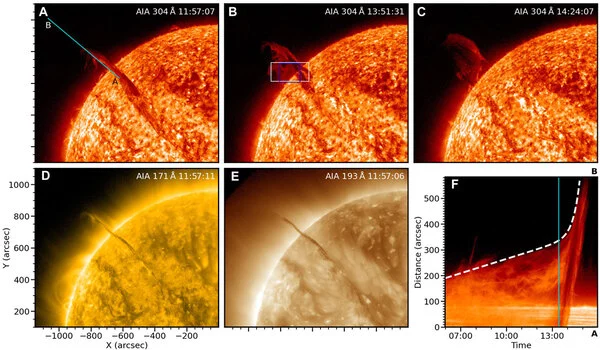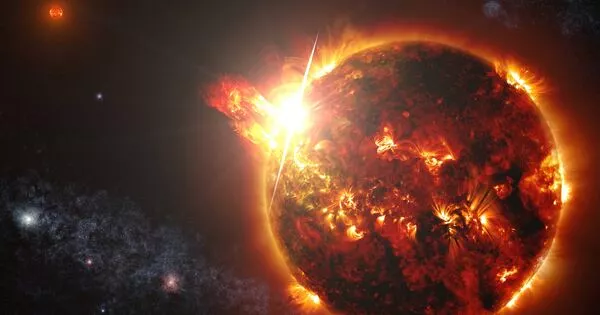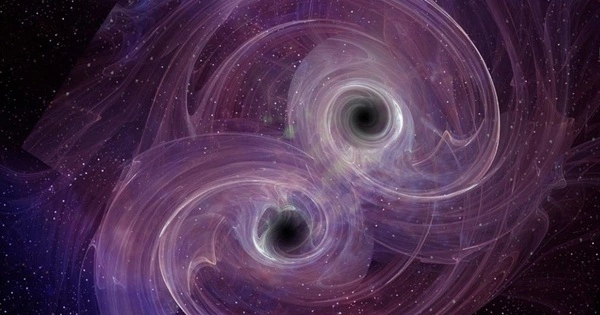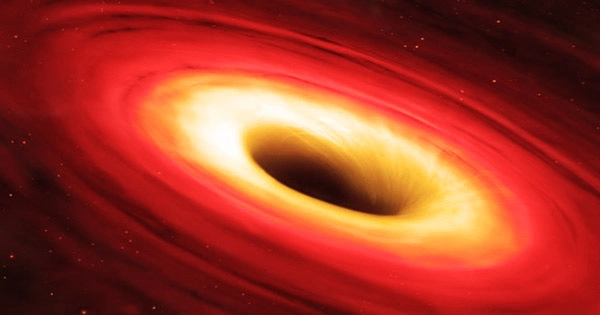A superflare is an extremely powerful eruption on the surface of a star that emits far more energy than a typical solar flare. These events can be many times more energetic than the sun’s most powerful flares. A high-velocity prominence eruption is a type of solar eruption in which a large, dense cloud of plasma is ejected at high speeds from the sun’s atmosphere. These eruptions are frequently accompanied by solar flares and can have serious consequences for the Earth’s environment.
A team of Japanese astronomers used simultaneous ground-based and space-based observations to capture a more complete picture of a superflare on a star. The observed flare started with a very massive, high-velocity prominence eruption. These results give us a better idea of how superflares and stellar prominence eruptions occur.
Space weather is the effect of hot ionized gas released by solar flares on the environment around the Earth. More powerful superflares must have a greater impact on the evolution of any planets that form around the star, as well as the evolution of any life that forms on those planets.
Some stars have been observed emitting superflares ten times the size of the largest solar flare ever seen on the Sun. Space weather is the effect of hot ionized gas released by solar flares on the environment around the Earth. More powerful superflares must have a greater impact on the evolution of any planets that form around the star, as well as the evolution of any life that forms on those planets. However, the details of how superflares and prominence eruptions on stars happen are unknown.
A team led by Shun Inoue of Kyoto University used the 3.8-m Seimei Telescope in Japan and the Transiting Exoplanet Survey Satellite (TESS) to observe the binary star system V1355 Orionis, which is known to produce large-scale superflares on a regular basis. V1355 Orionis is located 400 light-years away in the constellation Orion.

With continuous, high-temporal resolution observations, the team was able to capture a superflare. According to data analysis, the superflare was caused by a phenomenon known as a prominence eruption. Calculating the velocity of the eruption necessitates making assumptions about aspects that aren’t directly observable, but even the most conservative estimates far exceed the star’s escape velocity (347 km/s), indicating that the prominence eruption was capable of breaking free from the star’s gravity and developing into Coronal Mass Ejections (CMEs). The prominence eruption was also one of the largest ever seen, transporting trillions of tons of material.
If a superflare followed by a massive, high-velocity prominence eruption occurred, the resulting event would be extremely energetic and could have serious consequences for our planet. A coronal mass ejection (CME) is a massive burst of solar material that can travel through space and impact the Earth’s magnetic field.
If the CME is powerful enough, it could interfere with satellite and communication systems, cause power outages, and even endanger astronauts in space. The prominence eruption’s high velocity may also produce energetic particles that could pose a radiation risk to both humans and electronics.
















